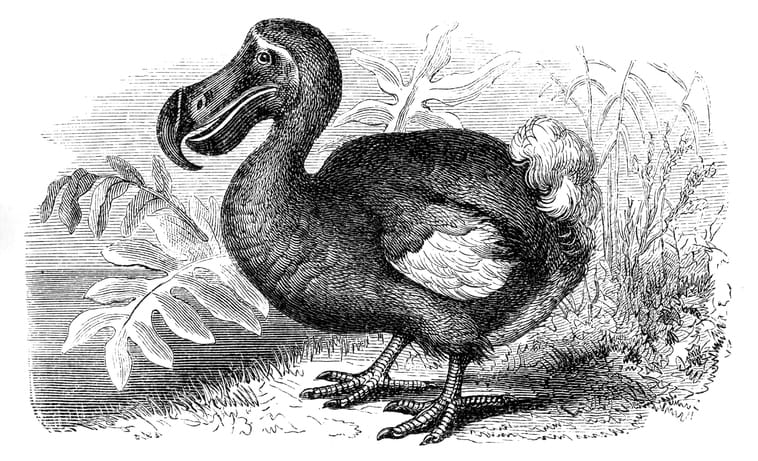A gene-editing company has revealed its $225 million plans to bring the dodo bird, which has been extinct since the 17th century, back to life. Colossal Biosciences has previously attempted to revive the woolly mammoth and thylacine back — these projects remain ongoing. However, the company believes it has a good chance of giving the Mauritian dodo bird a second chance at life.
By performing genome sequencing, scientists have discovered that dodos are most closely related to pigeons. With further digging, they believe they can successfully recreate a modern version of the dodo. While it may not be completely identical to the original, it would be extremely close.
Colossal Biosciences thinks this would not just be a cool accomplishment, but the work it entails could also help conserve other rare species that aren’t yet completely extinct. It’s a noble idea, but not all biologists are on board.
Recreating the dodo would require tweaking the gene editing process so that it would work on an externally grown egg. This is slightly less controversial than the process used on mammals, which requires editing reproductive organs in an already living animal. However, making gene editing work on an egg is a tall task that won’t be easily accomplished.
The dodo bird may not be extinct for much longer
Beth Shapiro, the lead paleontologist for Colossal, tells The Guardian that her love affair with the dodo started more than 20 years ago after she saw a preserved bird at Oxford. And while there are enough preserved birds to make this process theoretically possible, it’s a long way off.
Ben Lamm, co-founder and chief executive of Colossal, has already raised $225 million over the past several years and is looking for another $150 million from investors for this specific project. He hopes that if they can bring the dodo back, they’ll be able to have it “rewilded” in its native Mauritius.
And while this is exciting, Professor Ewan Birney, deputy director of the European Molecular Biology Laboratory, warned of the challenges that lay ahead.
“There is no doubt this is an iconic bird. I’ve no idea whether the mechanics of this will work as they claim, but the question is not just can you do this but should you do it,” he said. “There are people who think that because you can do something you should, but I’m not sure what purpose it serves, and whether this is really the best allocation of resources. We should be saving the species that we have before they go extinct.”



